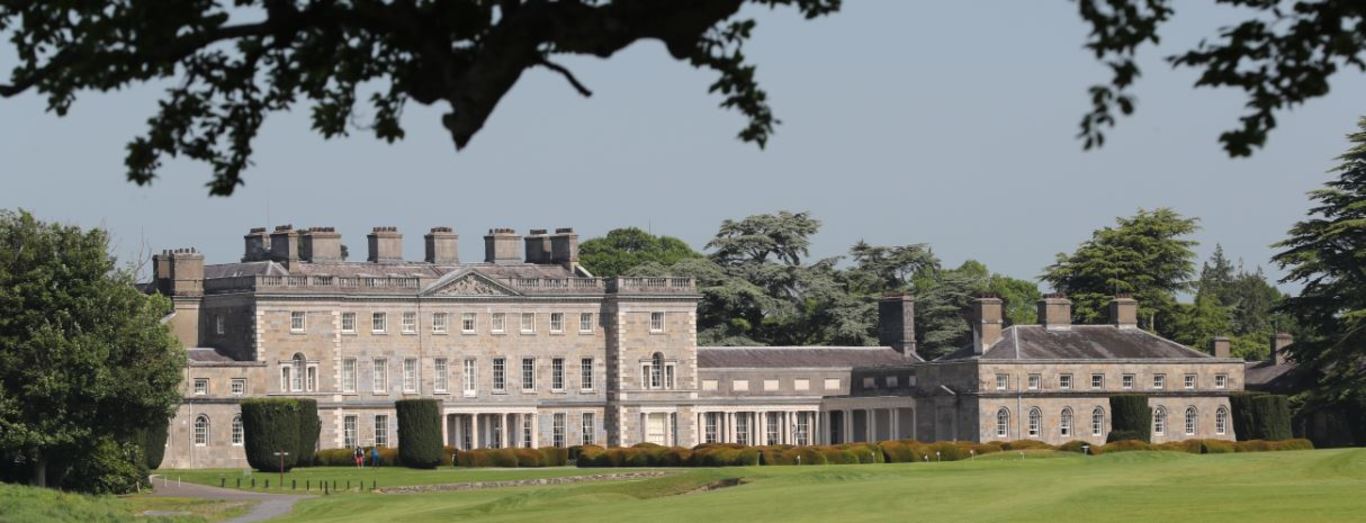The historic Carton House Hotel is on sale for €60 million
The hotel has 165 bedrooms, including 18 suites located in the centuries-old house.
THE HISTORIC CARTON House Hotel has been put up for sale with an asking price of €60 million.
The property owners, the Mallaghan family and the Carton Development Partnership, have reached an agreement with state bad bank Nama to put the 668-acre estate near Maynooth, Kildare on the market.
The hotel has 165 bedrooms, including 18 suites located in the original house. An estimated €90 million has been spent on the resort since 1999.
The hotel is known for its impressive sports facilities and golf course. It’s regularly used by the Irish national rugby team and most recently by the 2017 British & Irish Lions.
The facility includes soccer, GAA and rugby training pitches, which have been used in the past by Real Madrid and AC Milan as well as many UK-based teams.
It also features two 18-hole championship golf courses and has hosted many championships including the Irish Open on three occasions, most recently in 2013.
The joint agents, CBRE and Savills, said the resort was “trading strongly with further growth forecast for the coming years”.
The company behind the hotel operation, Chockablock Ltd, reported a profit of €148,000 in 2014, according to its most recent accounts, compared to a loss of €1.34 million the previous year.
‘Historically important’
Carton House dates back to 1739 and joint selling agents Savills describes it as “one of Ireland’s most historically important stately homes”.
It was the ancestral home of the FitzGerald family, the earls of Kildare and the dukes of Leinster, but the Mallaghan family, who made their money in construction supplies, took ownership of the property in 1977.
They joined forces with developer Paddy Kelly in 2000 to convert the property into a hotel and golf resort, however most of the debts attached to the estate were transferred to Nama when the property bubble collapsed.
The original demesne dates back to the 11th century, however parts of the estate were developed into luxury homes during the Celtic Tiger boom.
Reporting by Cliodhna Russell and Peter Bodkin.





